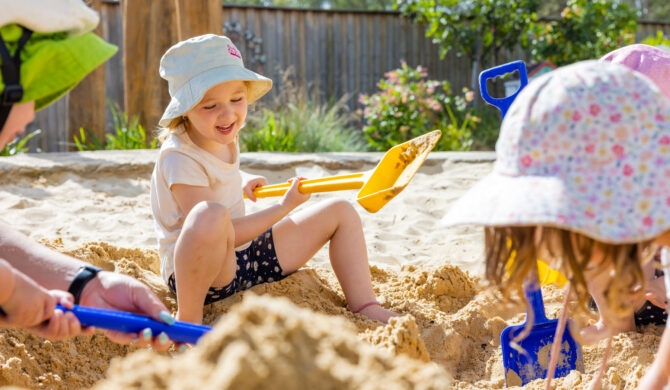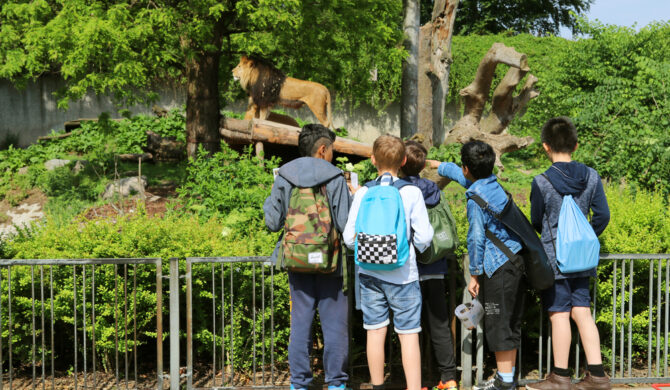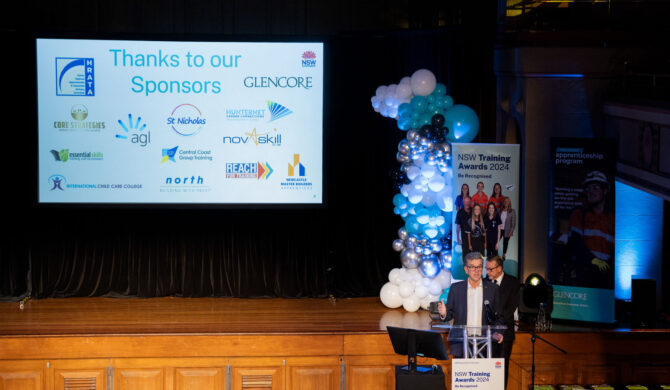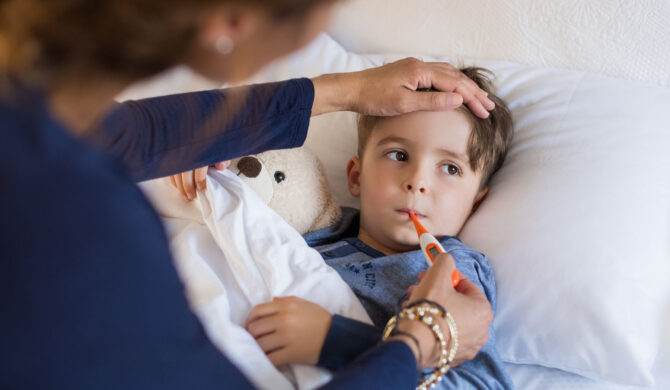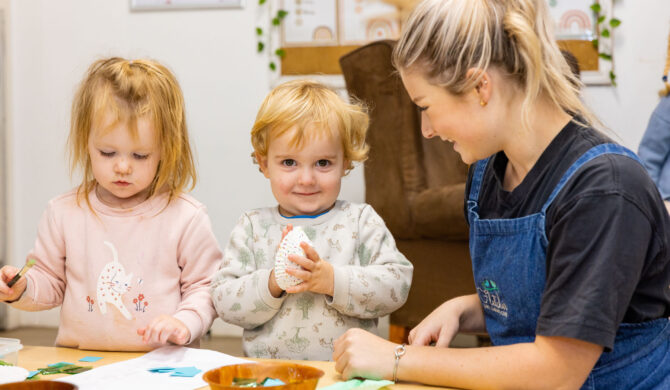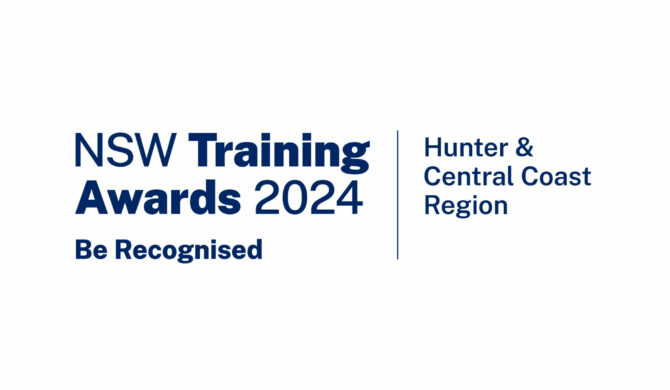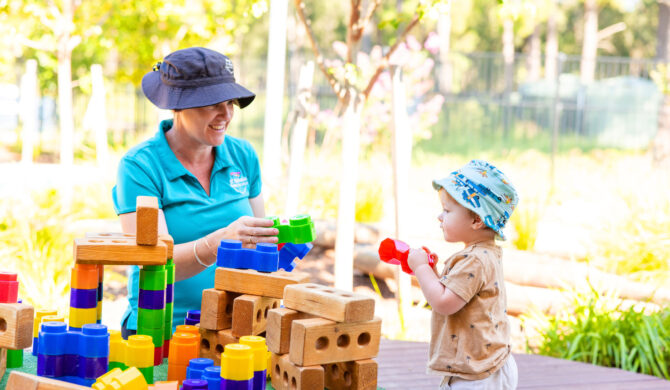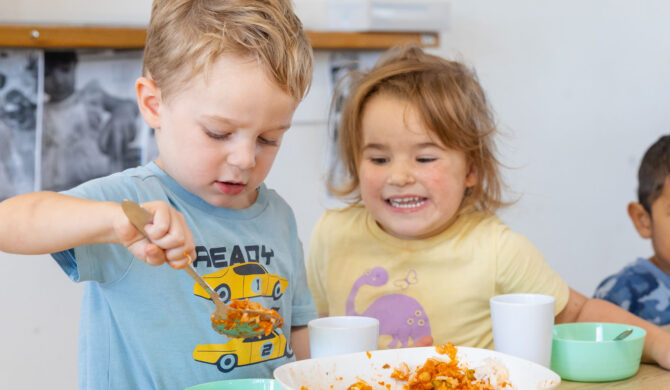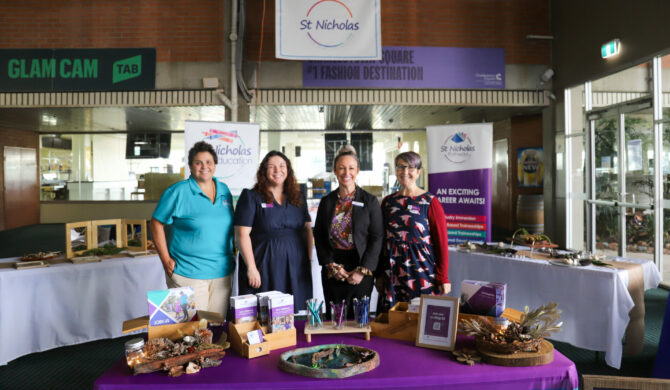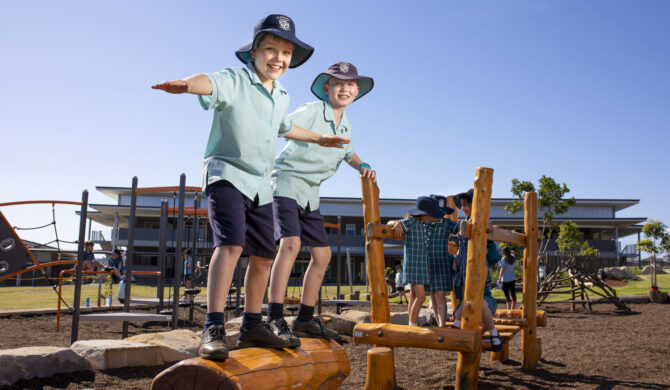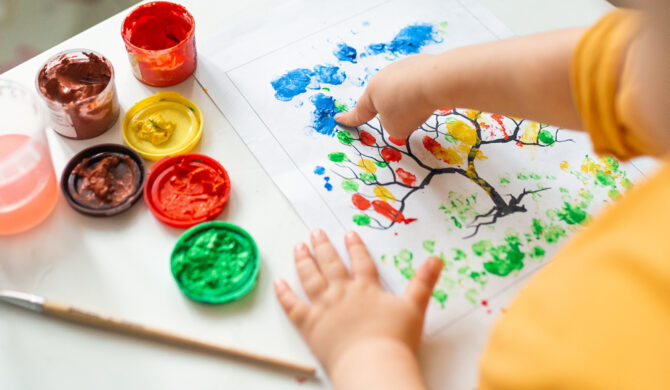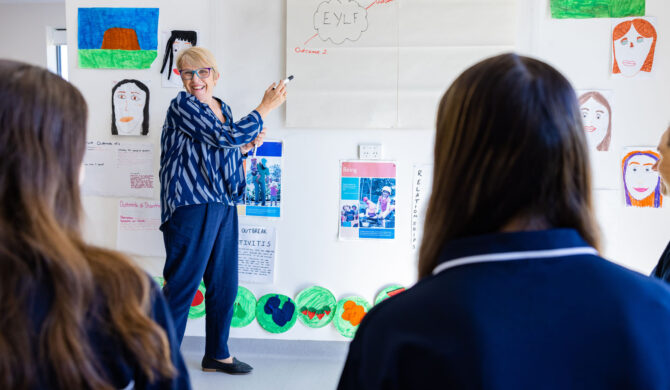Engaging in creative and nature-based activities with young children can foster their curiosity and appreciation for the world around them. A Reggio-Emilia inspired bird feeder project provides an opportunity for hands-on learning, exploration and artistic expression. This guide will walk you through the process of creating a bird feeder using natural materials, encouraging collaboration, imagination and an early connection with nature.
Materials needed
-
Large pinecone(s)
-
Twine or yarn
-
Peanut butter or sunflower butter (consider allergies)
-
Assorted birdseed
-
Assorted dried fruits (optional)
-
Child-safe scissors
-
Craft paper or cardboard (for workspace)
-
Non-toxic paint and brushes
-
Bowls or trays for materials
-
Aprons or old clothes
Step-by-step guide
1. Introduction to birds: Begin by talking to the children about birds and their importance in nature. Show them pictures or videos of different birds and discuss their colours, sizes and songs. This step sets the stage for their curiosity and interest in creating a bird feeder.
2. Gathering materials: Lay out all the materials in an organised manner on the craft paper or cardboard. This helps children visually understand the components of the project.
3. Pinecone collection: Take a walk outside with the children to gather pinecones. This outdoor exploration introduces them to the concept of collecting natural materials for their craft.
4. Preparation: Show the children how to tie a piece of twine or yarn around the top of the pinecone, creating a loop for hanging. This can be a collaborative activity, with you holding the pinecone and the children tying the twine.
5. Spreading the “glue”: Help the children spread a thin layer of peanut butter or sunflower butter onto the pinecone using a butter knife or a popsicle stick. Explain how this will act as the “glue” to hold the birdseed.
6. Birdseed application: Provide the children with a bowl of assorted birdseed. Show them how to roll the pinecone in the birdseed, pressing gently to ensure the seeds stick to the peanut butter. This step promotes sensory exploration and fine motor skills.
7. Adding dried fruits (optional): If desired, offer the children a bowl of assorted dried fruits. Encourage them to press these fruits onto the peanut butter-coated pinecone, creating colorful accents that also attract birds.
8. Creative expression – painting: Before hanging the bird feeder, provide non-toxic paints and brushes for the children to paint the pinecone. This step allows for creative expression and personalisation of the feeder.
9. Bird feeder placement: Choose a suitable spot in your yard or near a window to hang the bird feeder. Discuss with the children where they would like to place it, ensuring it’s easily visible and accessible.
10. Observing and learning: Spend time observing the birds that visit the feeder with the children. Encourage them to identify different bird species, observe their behaviors, and listen to their songs. This promotes a deeper connection with nature and fosters curiosity.
11. Reflection and documentation: Engage in discussions with the children about their bird feeder experience. You can document their thoughts, drawings, or even take photographs of the feeder and the birds. This reflection process is a key element of the Reggio-Emilia Approach.


